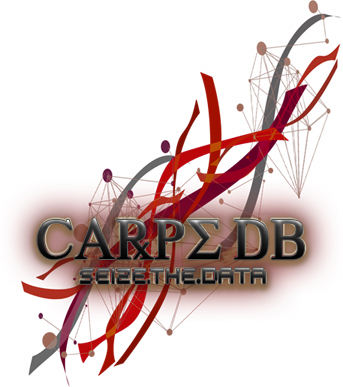
PURPOSE: This study was designed to quantify the relation between expressions of NMDA receptor (NMDAR) subunits (1 and 2A/B) and the epileptogenicity in human focal cortical dysplasia. METHODS: Immunoblotting and immunoprecipitation were used to quantify these receptor subunits in tissue resected from EEG-verified epileptic and distal nonepileptic frontal cortical areas in each of three patients as determined by chronic subdural electrode recordings. In each patient, adjacent sections were immunostained to verify that the numbers of dysplastic neurons were greater in epileptic than in nonepileptic cortex. RESULTS: In all patients, NMDAR2A/B expressions and their coassemblies with NMDAR1 were increased in epileptic dysplastic cortex compared with the relatively normal appearing nonepileptic cortex. For all three patients, there were no significant differences in NMDAR1 protein expressions between the two EEG groups. CONCLUSIONS: These results suggest that increased NMDAR1-NMDAR2A/B coassembly contributes to hyperexcitability in dysplastic cortical neurons and focal seizure onsets.
[Submit Annotation]